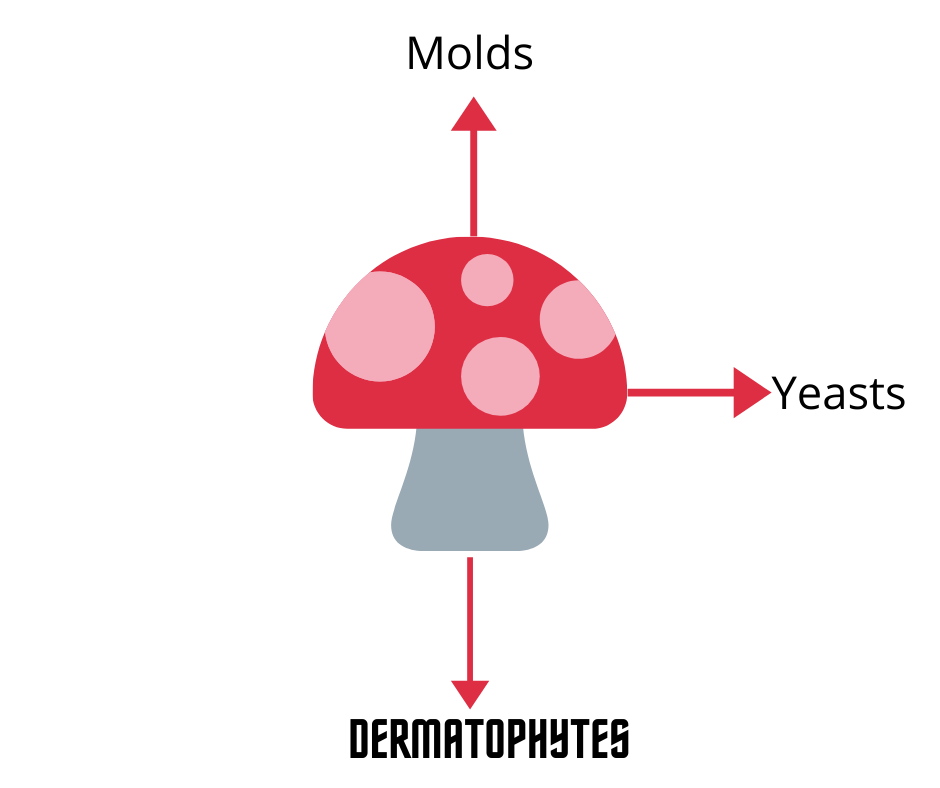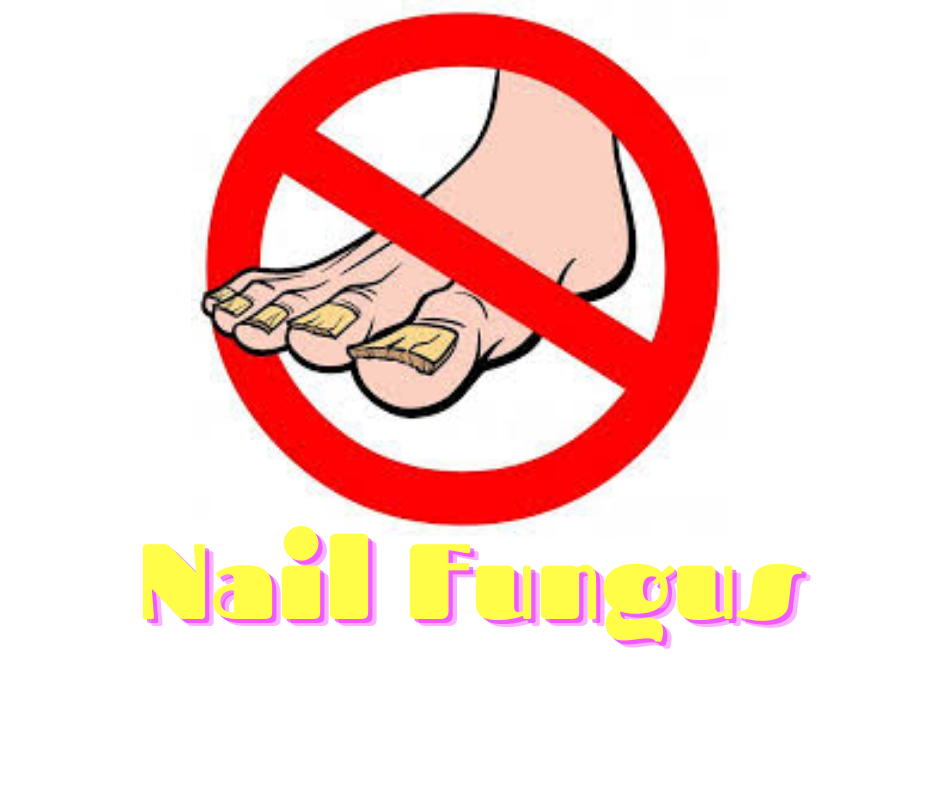Nail fungus occurs when the fungus invades the nail on the hands / feet or the skin under the nail. They can attack the nails through small incisions in the skin around the nail or through the opening of the nail and the skin under the nail. If you are healthy, fungal nail infections will not cause serious problems, but they can look bad and destroy your nail or skin under the nail. But if you have poor immunity or diabetes, nail fungus can cause serious problems. It is best to consult your doctor in a timely manner to adequately treat the fungal infection.
Different types of fungi can cause fungal infection, but most are the same type that causes the athlete’s foot.
Nail fungus causes
Therefore, nail fungus occurs when favorable conditions for their growth are made. This is most often due to impaired immunity, for whatever reason. When the good bacteria in the gut are replaced by the bad ones, then the fungi have no one to control and they multiply. Impaired bowel health can occur for a variety of reasons, and one of them is certainly poor nutrition.
There is another name for nail fungus, which is the expert term for nail onychomycosis. This is actually a serious fungal nail infection that requires special treatments and medical treatment.
Otherwise, fungal nail infections can be caused by three different types of fungus:
Dermatophytes – fungi that grow on the skin, hair, and nails but do not penetrate the body. Infection can begin by touching objects that have dermatophytes on them, such as nail clippers, scissors, socks, shoes, showers, etc. Dermatophytes are the cause of most fungal nail infections.
Yeasts – This is actually candida, a type of fungus that grows on skin and nails. Although it already exists on the human body – a disease, the use of antibiotics and problems with the immune system can stimulate candida overgrowth and cause nail fungus.
Molds or non-dermatophytes, it is a type of fungus that often grows in soil and can grow on skin and nails. It is not usually transmitted between humans.

In addition, fungi love heat and moisture. These are the conditions they need to grow and multiply. And these are the conditions that are most prevalent in indoor footwear.
This is why the fungus on the toenails is such a common occurrence, especially for those who spend long hours in closed footwear where their feet sweat, such as athletes. That’s why it’s so important to learn how to get rid of the fungus on your toenails.
Nail Fungus Symptoms
Nail color change – it can be whitish, yellow or greenish-brown.
Thickening of the nail – in addition to thickening, it becomes brittle and distorted.
Nail fungus can sometimes cause serious pain. Scientific research shows that if left untreated, they can cause much more serious problems. In combination with other diseases, they significantly impair the overall health of the individual.
People with impaired immunity and diabetes should not look at the fungus on the toenails and hands as a cosmetic problem, but rather take serious care of them. Any minor injury to the feet and the aforementioned fungal infection in such persons can lead to complications, such as wounds that do not heal or diabetic foot.
Treatment
Lately, there has been a change in the treatment guidelines for nail fungal infections. Moreover, while previously the only rational form of treatment was considered the systematic application of therapy, today there are newer therapeutic approaches that include the use of local therapy. This is particularly important because of the length of administration of antifungals in treatment, which can result in numerous side effects and interactions with other medicines the patient may take.
The combination treatment involves removing the diseased part of the nail by applying a paste containing a high percentage of urea and then applying topical antifungal medication for several months. The US Food and Drug Administration has also approved the use of laser treatment of nail fungus.
Regarding systemic treatment, several medicines are used in different schemes. Terbinafine at a dose of 250 mg daily for 3 months leads to healing in most cases. Itraconazole can be given at a dose of 200 mg daily for 3 months or in pulse therapy when 400 mg daily is administered for the first 7 days of the month for 3 months. Fluconazole is usually given at a dose of 150 mg once a week for 6-9 months (fingernails) and 9-12 months (toenails).

